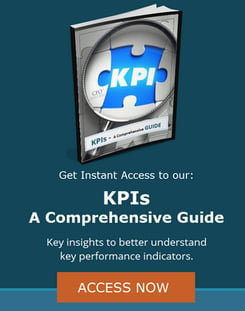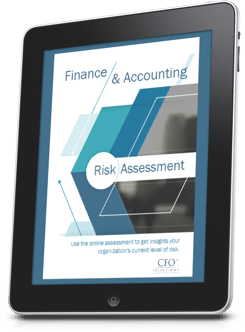
With the recent issuance of OMB (Office of Management and Budget) Memorandum M-25-13 calling for the pausing of financial assistance for programs and activities implicated by the President’s DEI-focused Executive Order (E.O. 14151), many nonprofits are trying to evaluate the financial impact that may result. While all of this may end up in court, or require additional legislative action, nonprofit organizations that rely on federal funding would be wise to take proactive steps now to assess and mitigate potential risks that these kinds of policies could create in the coming weeks and months. To safeguard operations in response, organizations should follow these key steps as soon as possible:
- Identify At-Risk Federal Funding
Begin by reviewing all federal funding streams, including both direct grants and pass-through funding from state or local agencies. Start with identifying any grants that may be considered at risk under the executive order’s criteria. Since pass-through funding originates from federal sources, even if your direct grantor is not a federal agency, the ultimate source of funds could still be impacted.
- Evaluate Grant Termination Clauses
Once you’ve identified at-risk funding sources, thoroughly examine the termination clauses in each grant agreement. If your organization receives pass-through funding, request a copy of the termination language from the direct federal award to understand the conditions under which funding may cease. This step is critical for planning an appropriate response should funding be suspended or canceled. Seek legal advice, as needed, to assist in measuring your organization’s exposure.
- Assess the Operational Impact
Understanding how a potential funding freeze affects your organization is crucial. Take inventory of the specific programs, employees, contractors, and other expenses supported by federal dollars. Evaluate:
- The funding periods affected
- The direct and indirect costs covered
- The material impact on overall operations.
This analysis will help prioritize contingency planning efforts and assess the severity of potential disruptions.
- Determine Cash Flow and Sustainability
Assess your nonprofit’s financial resilience by determining how long programs can continue operating without federal funding. Do you have sufficient cash reserves to cover short-term funding gaps? Can you reallocate unrestricted funds temporarily? Understanding your financial runway is essential for making informed decisions.
- Develop an Action Plan
If a funding freeze occurs, a well-structured response plan will minimize disruption. Key considerations include:
- Contract Termination: Identify which vendor or service contracts would need to be canceled and outline safe termination procedures.
- Employee Layoffs or Reassignments: Plan for workforce reductions if necessary. Work with HR, legal counsel, and financial advisors to ensure compliance with labor laws and contractual obligations.
- Severance and Benefits: Determine whether severance packages can be offered and ensure that accrued vacation balances are up to date.
- Support for Affected Employees: Provide guidance on unemployment benefits, employee assistance programs, and other available resources.
- Implementation Timeline: Designate team members responsible for executing various aspects of the plan and ensure that all necessary documentation is prepared.
- Expand the Review to All Federal Funding
Once you have established a response plan for the programs most at risk under the executive order, extend this assessment to all federal grants your organization receives. Even funding not directly targeted by this order may be vulnerable to broader shifts in federal budget priorities.
Federal funding uncertainty poses significant risks for nonprofit organizations. By proactively identifying at-risk funding, evaluating contractual obligations, and preparing a structured response plan, nonprofits can navigate funding pauses and potential funding freezes with greater confidence. Taking these steps now will help ensure continuity of services and financial stability in the face of policy changes.
If you don’t know where to begin, or need assistance with implementing a plan like the one outlined here, CFO Selections can provide you with the right nonprofit CFO to help you think through your specific issues, ask all the hard questions, and help with the financial modeling. Contact us today to get help!
About the Author
Todd Kimball – Partner, CFO Selections
 Todd Kimball is a senior accounting professional with over 20 years of experience in the nonprofit and government sectors. His expertise has generated a consistent track record of finance and accounting solutions that work. He excels at solving the most challenging not-for-profit accounting issues, creating process efficiencies, motivating and utilizing staff to their full potential, implementing internal controls and providing sound technical expertise to move organizations forward.
Todd Kimball is a senior accounting professional with over 20 years of experience in the nonprofit and government sectors. His expertise has generated a consistent track record of finance and accounting solutions that work. He excels at solving the most challenging not-for-profit accounting issues, creating process efficiencies, motivating and utilizing staff to their full potential, implementing internal controls and providing sound technical expertise to move organizations forward.
As a Partner with CFO Selections, Todd leads the nonprofit practice in Oregon and SW Washington. Todd is an Oregon state Certified Public Accountant and a graduate of George Fox University with a BA in Accounting and Finance.





